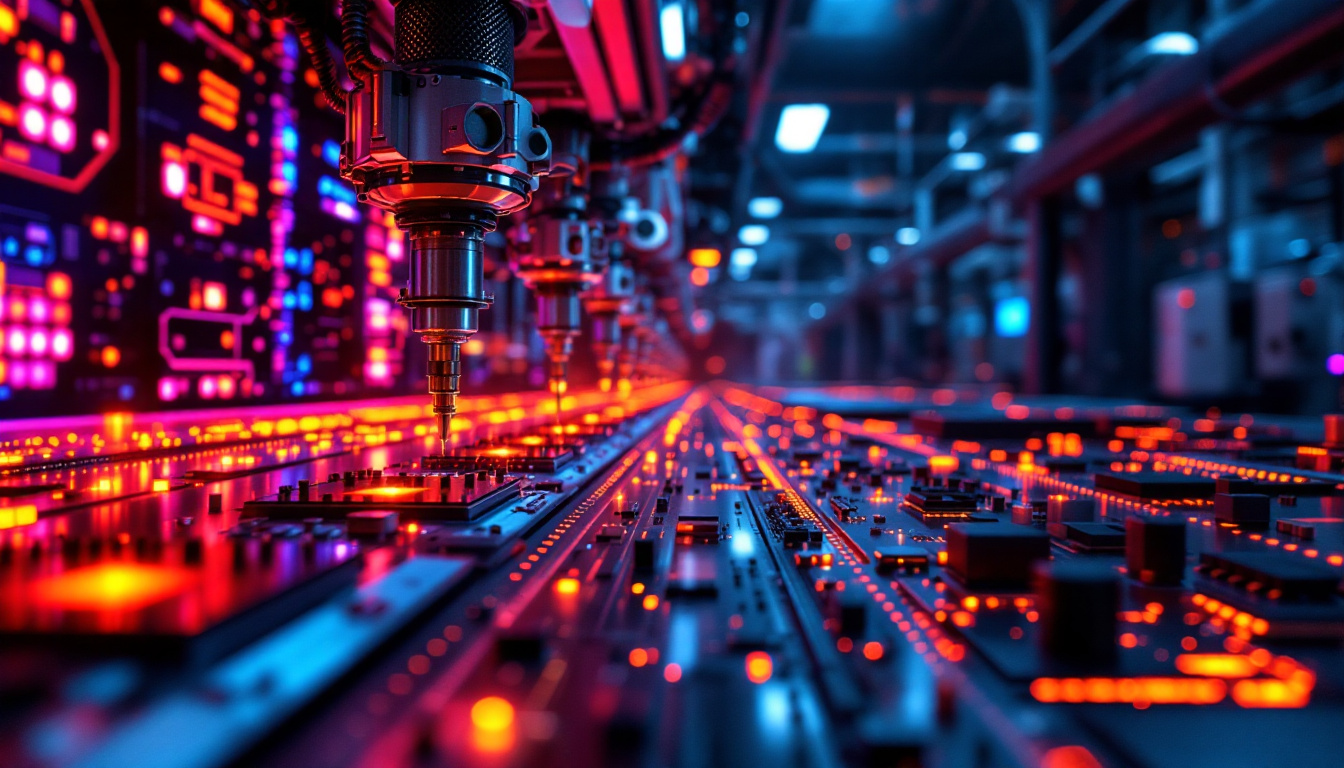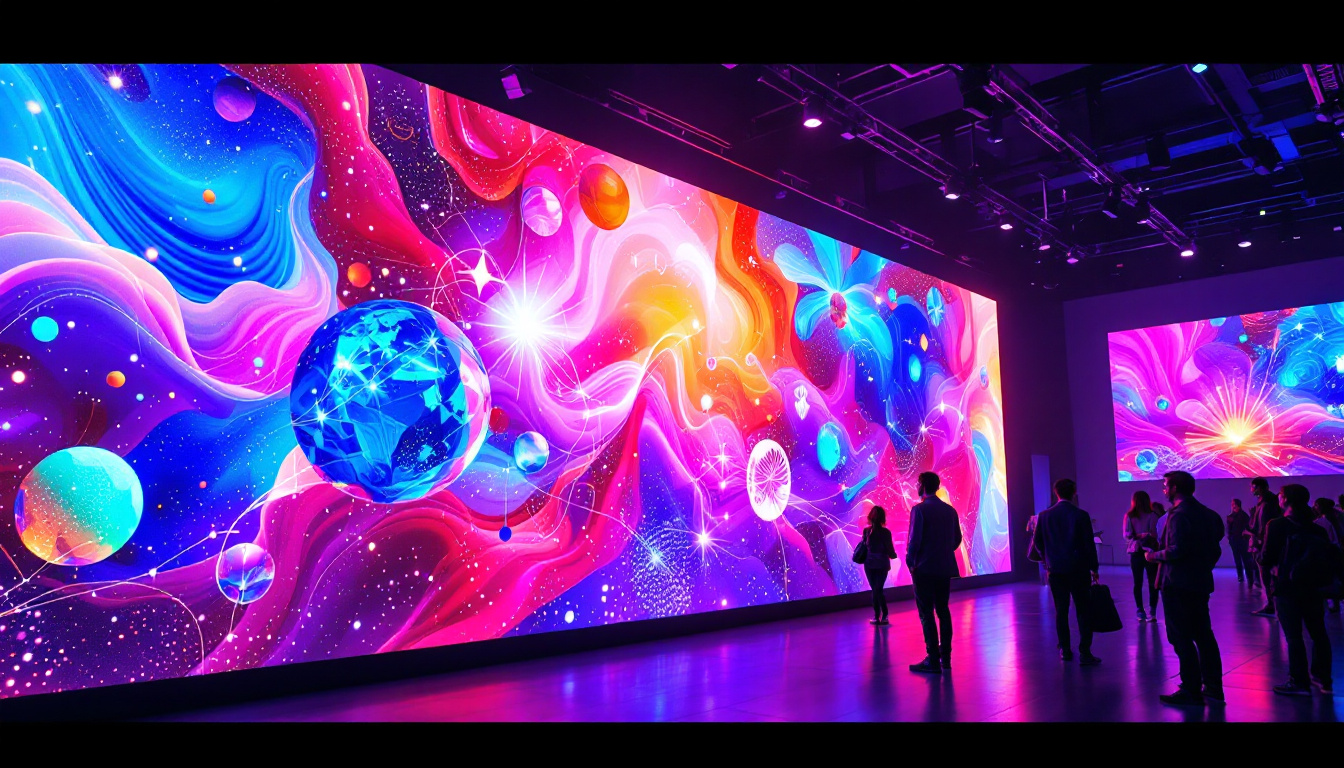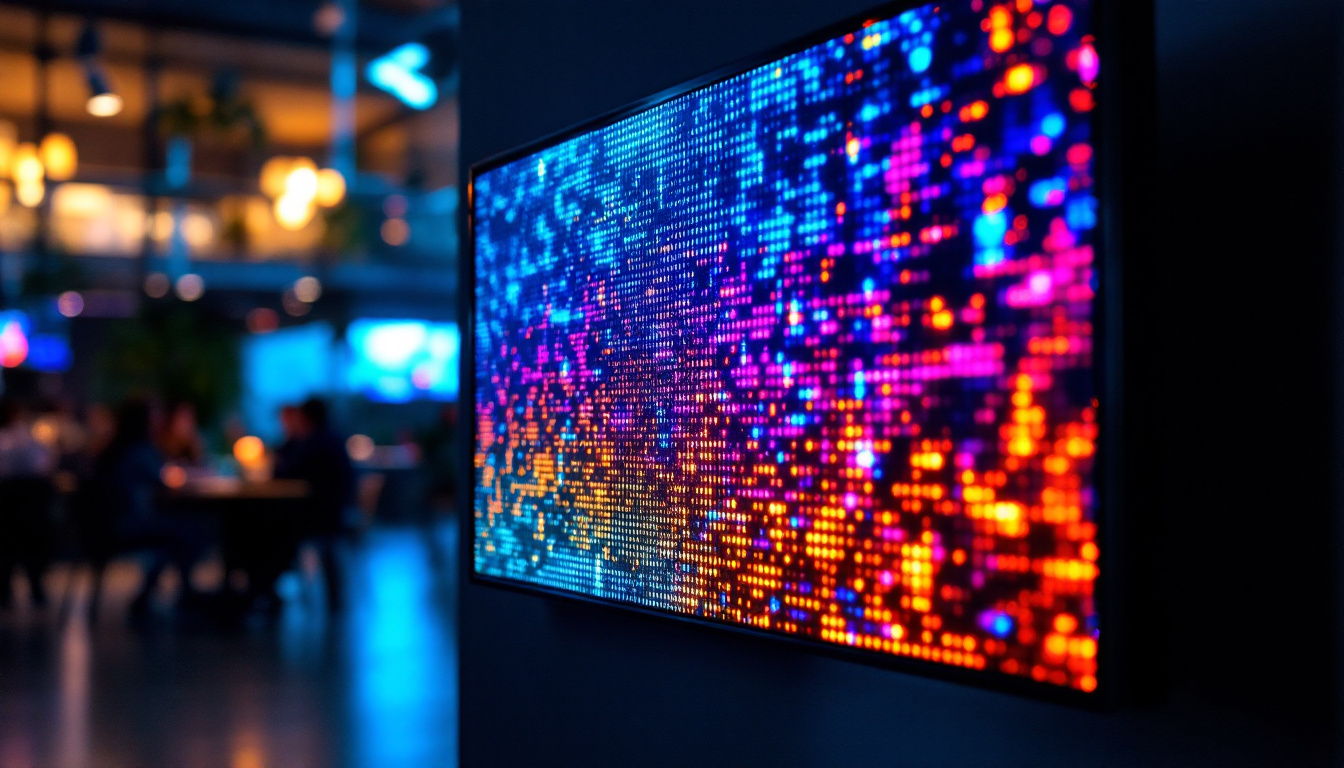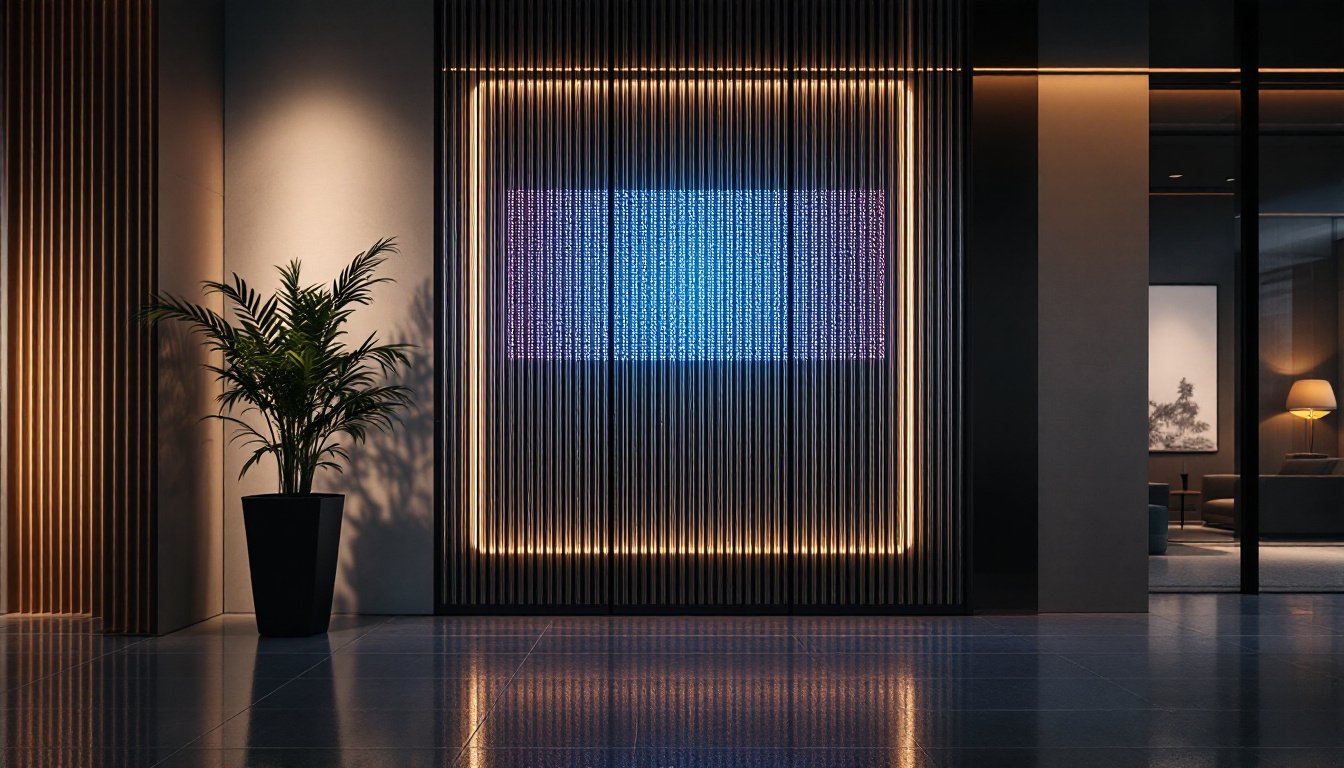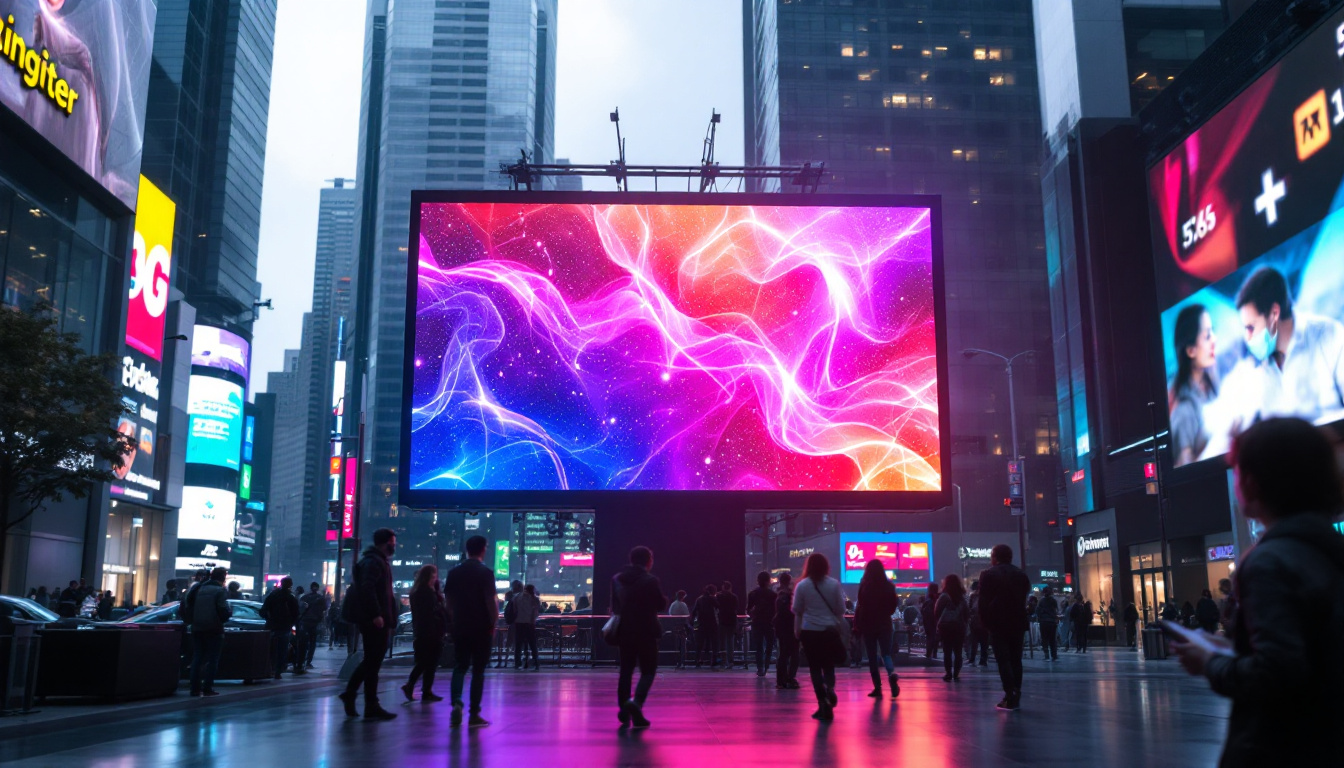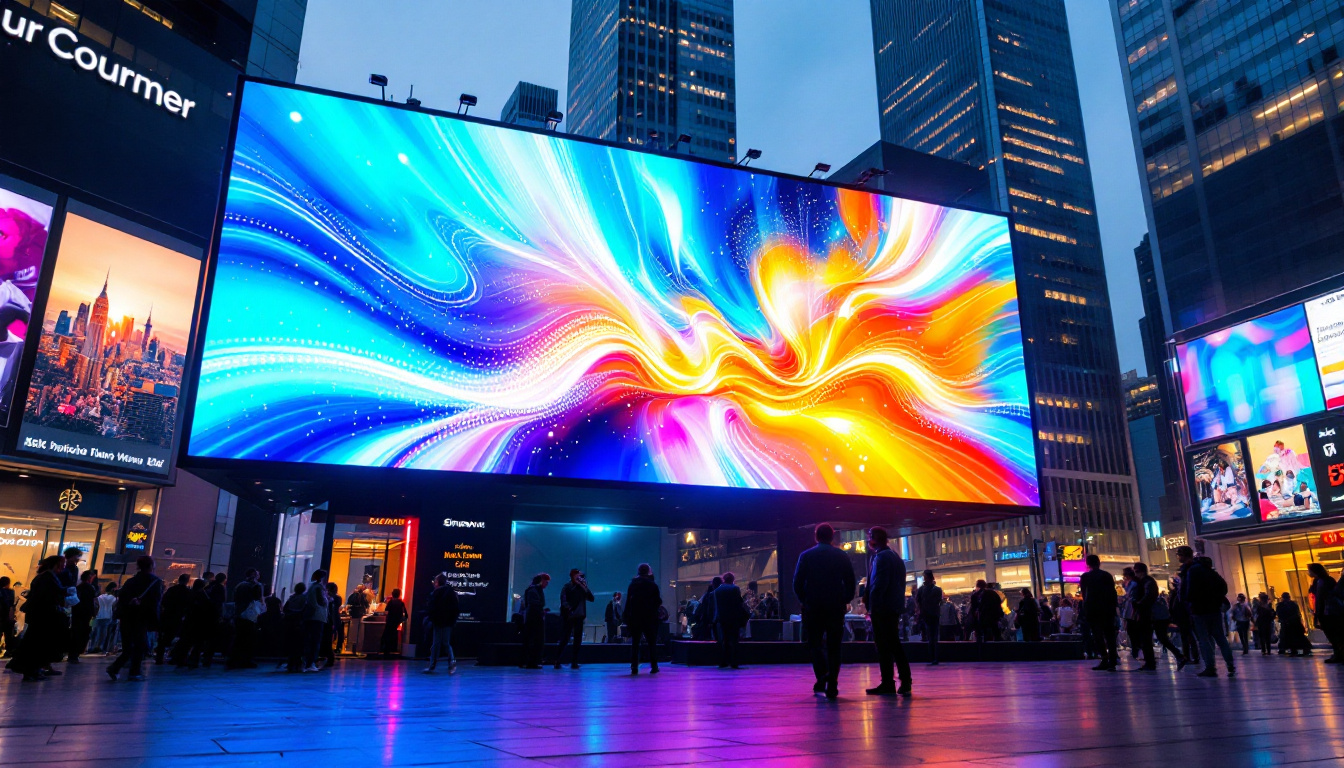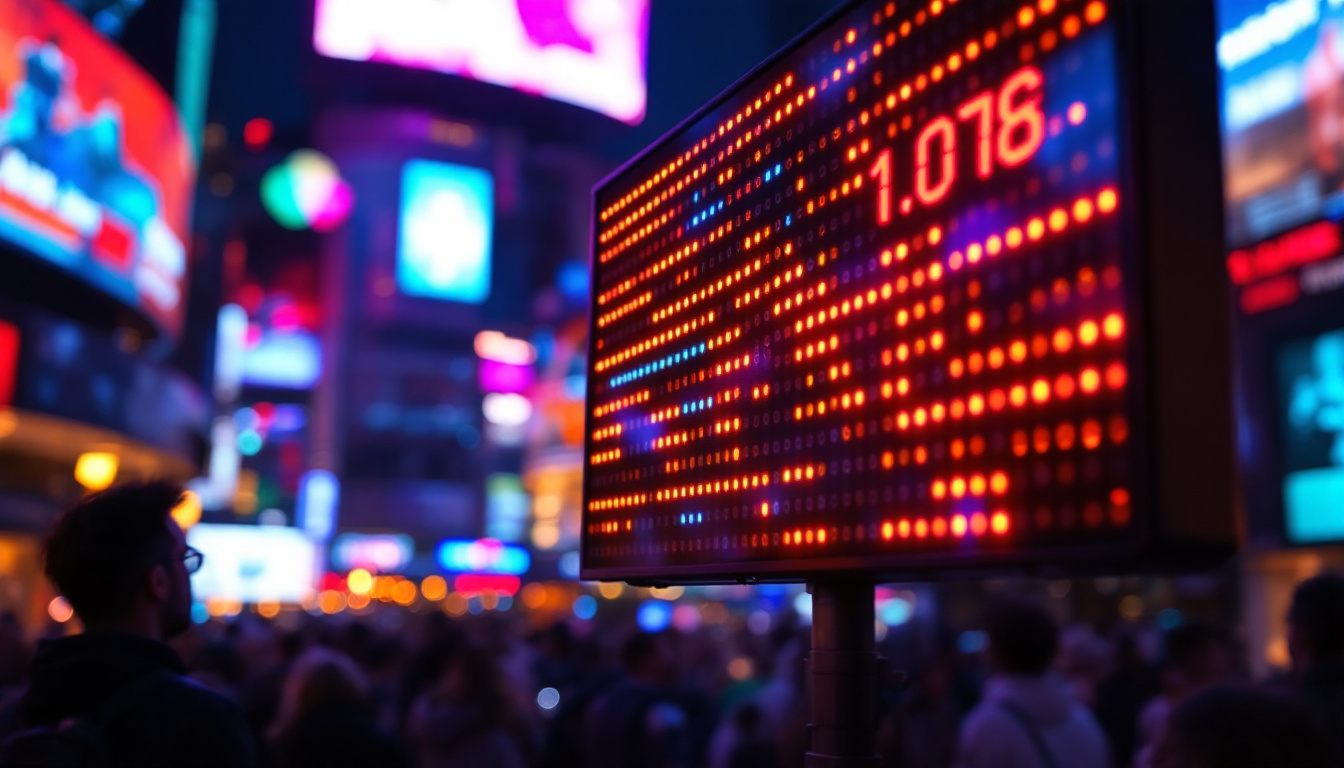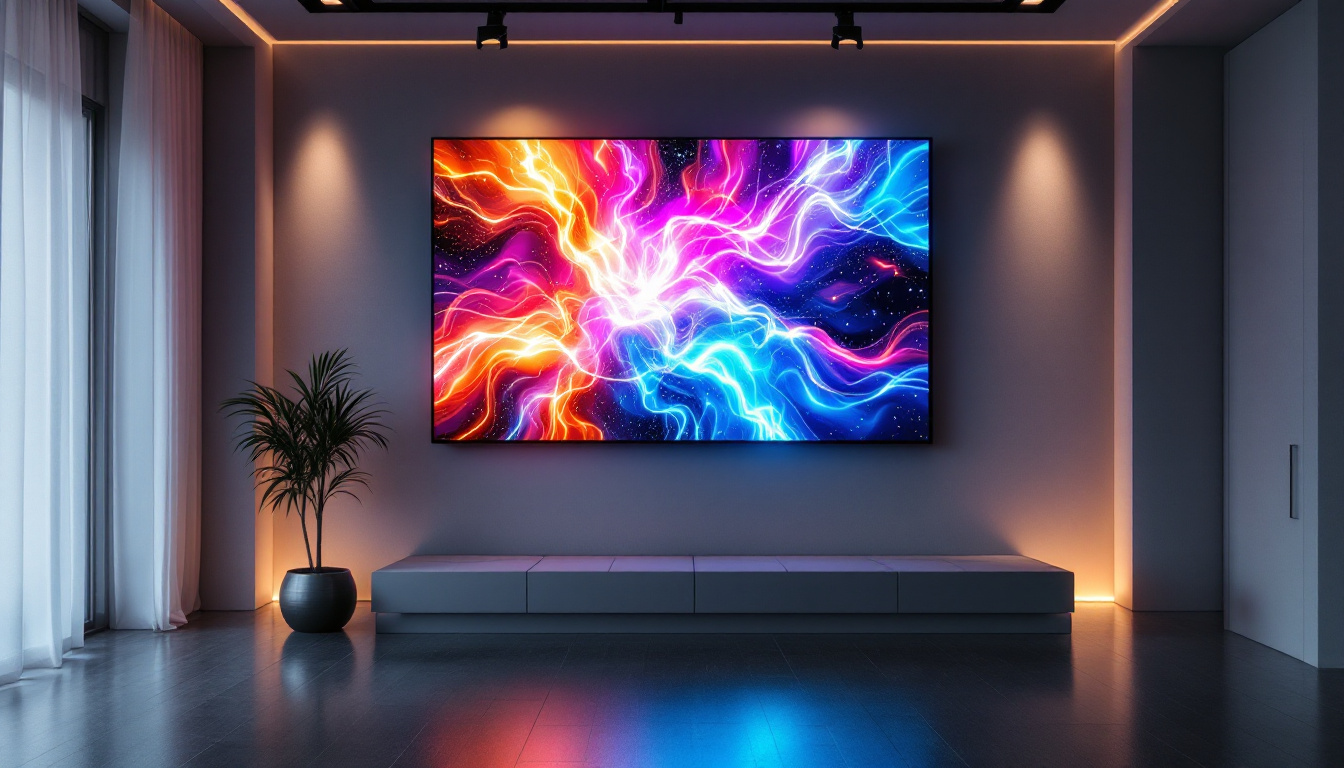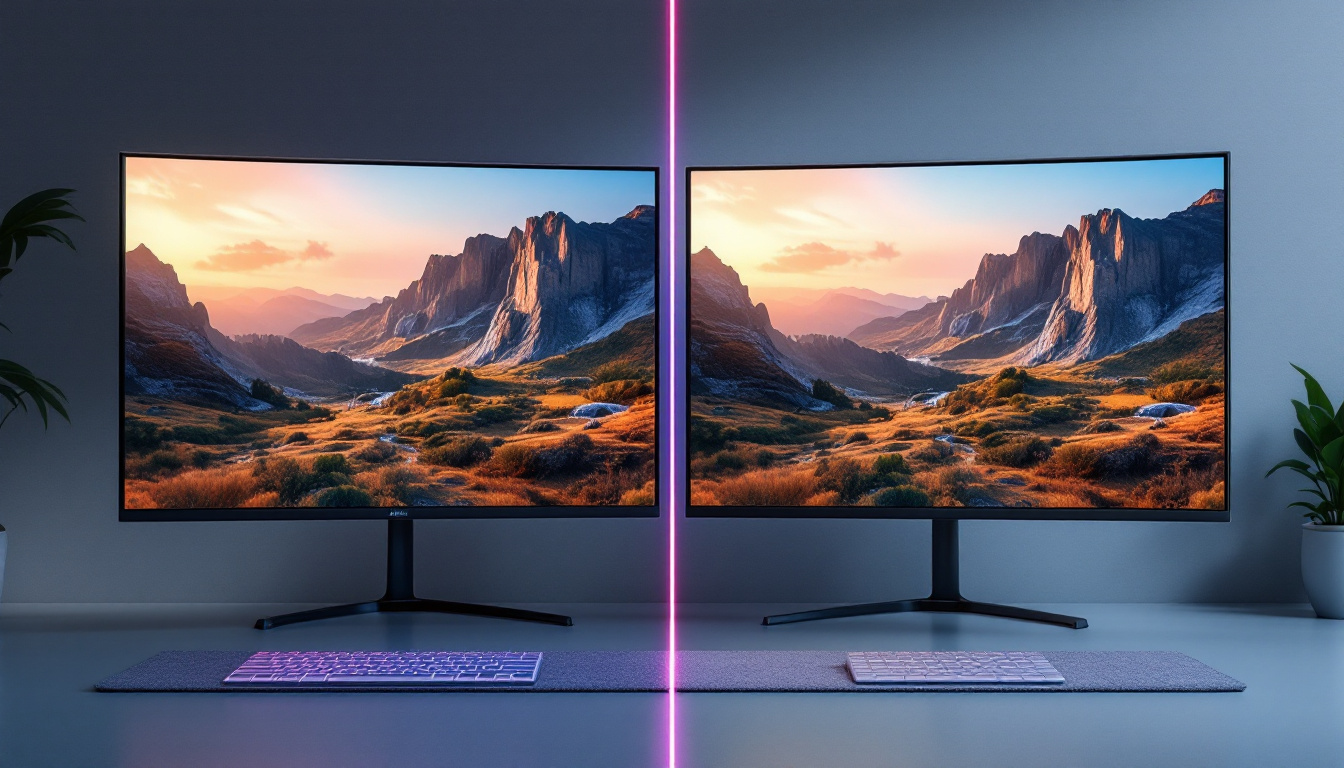Hillsboro, Oregon, has emerged as a significant hub for semiconductor companies, contributing to advancements in various technologies, including LED displays. The region’s strategic location, coupled with a skilled workforce and a supportive business environment, has attracted numerous firms specializing in semiconductor manufacturing and innovation. This article delves into the semiconductor landscape in Hillsboro and explores how these companies are shaping the future of LED display technology.
The Semiconductor Industry in Hillsboro
Hillsboro is often referred to as the heart of Oregon’s semiconductor industry. The area is home to several major players in the semiconductor field, including Intel, which has a substantial presence in the region. This concentration of companies fosters collaboration and innovation, making Hillsboro a vital contributor to the global semiconductor supply chain.
Key Players in the Market
Among the notable semiconductor companies in Hillsboro, Intel stands out as a leader in microprocessor manufacturing. Their cutting-edge research and development facilities focus on creating advanced technologies that drive various electronic applications. Other companies, such as Lattice Semiconductor and ON Semiconductor, also contribute to the ecosystem, specializing in different aspects of semiconductor technology.
These companies not only manufacture semiconductors but also engage in extensive research to develop new materials and processes. This commitment to innovation is crucial for maintaining competitiveness in a rapidly evolving industry. Hillsboro’s proximity to top universities and research institutions further enhances these companies’ capabilities, allowing for fruitful partnerships and access to a skilled workforce. The collaboration between academia and industry plays a pivotal role in pushing the boundaries of semiconductor technology, leading to breakthroughs that can redefine consumer electronics, automotive technologies, and even healthcare solutions.
Economic Impact
The semiconductor industry significantly impacts Hillsboro’s economy. It creates thousands of jobs, ranging from engineering and manufacturing to research and development. The presence of these companies also stimulates local businesses, from suppliers to service providers, creating a robust economic environment.
Moreover, the investments made by these firms in infrastructure and technology development contribute to the overall growth of the region. Hillsboro’s reputation as a semiconductor hub attracts talent from across the country and even internationally, further enhancing its economic landscape. The influx of skilled professionals not only boosts the local economy but also enriches the community’s cultural fabric, as diverse perspectives and experiences converge in this thriving tech hub. Additionally, the semiconductor industry’s growth has led to increased demand for housing, education, and healthcare services, prompting local governments to invest in community development initiatives that support a high quality of life for residents.
Understanding LED Displays
LED (Light Emitting Diode) displays have revolutionized the way visual information is presented. They are widely used in various applications, including televisions, advertising billboards, and mobile devices. The technology behind LED displays is deeply rooted in semiconductor principles, making it essential to understand how these components work together.
How LED Displays Work
LED displays operate by using semiconductor materials to emit light when an electric current passes through them. Each LED is a small diode that emits light of a specific color when energized. By combining red, green, and blue LEDs, manufacturers can create a full spectrum of colors, allowing for vibrant and dynamic displays.
The efficiency of LED technology is one of its most significant advantages. Compared to traditional display technologies, such as LCD and CRT, LED displays consume less power and have a longer lifespan. This efficiency is particularly important in commercial applications, where energy costs can be substantial. Furthermore, the ability to produce high brightness levels without excessive energy consumption makes LEDs ideal for outdoor environments, where sunlight can wash out other display types.
Applications of LED Displays
LED displays are ubiquitous in modern society. They are used in everything from large-scale outdoor advertising to small screens on handheld devices. In retail, LED displays attract customers with bright, colorful advertisements that can be easily updated. In sports, stadiums utilize LED screens to enhance the viewing experience, providing instant replays and live statistics. The integration of LED technology in these environments not only boosts engagement but also allows for real-time updates, making it possible to display scores, player stats, and even social media feeds during events.
Moreover, LED technology is becoming increasingly popular in the automotive industry, where they are used for dashboard displays and exterior lighting. The versatility of LED displays makes them suitable for a wide range of applications, driving demand and innovation in the semiconductor sector. For instance, in smart cities, LED displays are being integrated into traffic management systems, providing real-time information to drivers about traffic conditions and road hazards. This not only enhances safety but also contributes to more efficient urban mobility. Additionally, the rise of flexible LED displays is paving the way for innovative designs in architecture and interior design, allowing for creative installations that can transform spaces into immersive experiences.
The Role of Semiconductor Companies in LED Technology
Semiconductor companies play a crucial role in the development and production of LED displays. They design and manufacture the chips that power these displays, ensuring they meet the performance and efficiency standards required by modern applications. Hillsboro’s semiconductor firms are at the forefront of this innovation, contributing to advancements in LED technology.
Research and Development
Research and development are vital components of the semiconductor industry, particularly in the context of LED technology. Companies in Hillsboro invest heavily in R&D to explore new materials, improve manufacturing processes, and enhance the performance of LED displays.
For instance, advancements in quantum dot technology have led to the creation of displays with improved color accuracy and brightness. Semiconductor companies are also exploring new semiconductor materials, such as gallium nitride (GaN), which can offer better efficiency and performance for LED applications. Furthermore, ongoing research into organic light-emitting diodes (OLEDs) is pushing the boundaries of display technology, allowing for thinner, more flexible screens that can be used in a variety of innovative applications, from smartphones to large-scale digital signage.
Manufacturing Innovations
Manufacturing processes in the semiconductor industry are constantly evolving. Hillsboro’s companies utilize state-of-the-art fabrication techniques to produce LED chips that are not only efficient but also cost-effective. Innovations in automation and precision manufacturing have led to higher yields and reduced production costs.
Additionally, the integration of advanced technologies, such as AI and machine learning, into the manufacturing process allows for better quality control and optimization. This ensures that the LED displays produced meet the high standards expected by consumers and businesses alike. Moreover, the push towards sustainability has led to the adoption of greener manufacturing practices, including the reduction of hazardous materials and the implementation of recycling programs for electronic waste. This commitment to environmental responsibility not only enhances the reputation of semiconductor firms but also aligns with the growing consumer demand for eco-friendly products.
The Future of LED Displays and Semiconductors
The future of LED displays is bright, with continuous advancements in technology and manufacturing processes. As the demand for high-quality visual displays grows, semiconductor companies in Hillsboro are well-positioned to lead the charge in innovation.
Emerging Trends
Several emerging trends are shaping the future of LED displays. One significant trend is the increasing demand for flexible and transparent displays. These innovations open up new possibilities for applications in various industries, including automotive, architecture, and consumer electronics. For instance, flexible displays can be integrated into curved surfaces, allowing for seamless designs in modern vehicles or innovative architectural elements that enhance aesthetics while providing functional displays.
Moreover, the rise of smart technologies is driving the need for more integrated display solutions. Companies are exploring ways to incorporate sensors and connectivity features into LED displays, enabling interactive and responsive experiences for users. This integration could lead to displays that adjust brightness based on ambient light or even change content based on viewer preferences, enhancing user engagement and personalization.
Sustainability and Efficiency
As environmental concerns grow, the semiconductor industry is also focusing on sustainability. Hillsboro’s semiconductor companies are investing in research to develop more eco-friendly manufacturing processes and materials. This commitment to sustainability not only helps reduce the environmental impact but also meets the increasing consumer demand for greener technologies. Innovations such as biodegradable materials for display components or recycling programs for old displays are gaining traction, reflecting a broader industry shift towards responsible production.
Energy efficiency remains a priority, with ongoing efforts to improve the performance of LED displays while reducing power consumption. These advancements will be crucial in ensuring that LED technology remains a viable option for future applications. Furthermore, the development of energy-harvesting displays, which can generate power from ambient light or motion, could revolutionize how we think about powering our devices, making them not only more efficient but also self-sustaining in various environments.
Conclusion
The semiconductor industry in Hillsboro, Oregon, plays a pivotal role in the development and advancement of LED display technology. With key players driving innovation through research and manufacturing, the region is well-equipped to meet the growing demand for high-quality visual displays.
As technology continues to evolve, the collaboration between semiconductor companies and the broader tech ecosystem will lead to exciting new applications and improvements in LED displays. The future holds great promise, with Hillsboro positioned as a leader in this dynamic and rapidly changing field.
In summary, the synergy between semiconductor manufacturing and LED display technology not only enhances consumer experiences but also contributes to the economic vitality of Hillsboro and the broader Oregon region. As the industry progresses, the innovations emerging from this hub will undoubtedly shape the future of visual technology.
Explore Cutting-Edge LED Display Solutions with LumenMatrix
As we look towards the future of visual technology, LumenMatrix stands at the forefront, embodying the innovative spirit of Hillsboro’s semiconductor industry. Specializing in a wide array of LED display modules, from Indoor and Outdoor LED Walls to Custom and All-in-One LED Displays, LumenMatrix is committed to revolutionizing visual communication. Whether you’re looking to captivate audiences with a Transparent LED Display or engage fans with a dynamic LED Sports Display, LumenMatrix offers the tools to make your vision a reality. Elevate your brand’s visibility and create immersive visual experiences by visiting LumenMatrix LED Display Solutions today.

